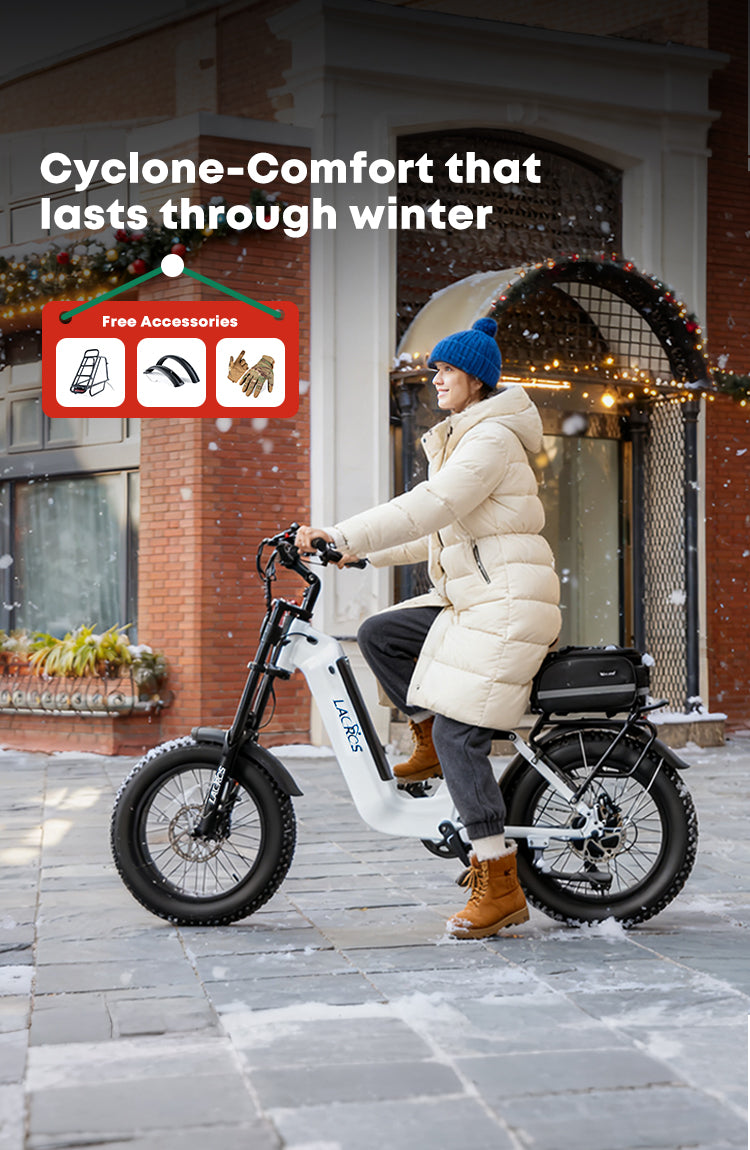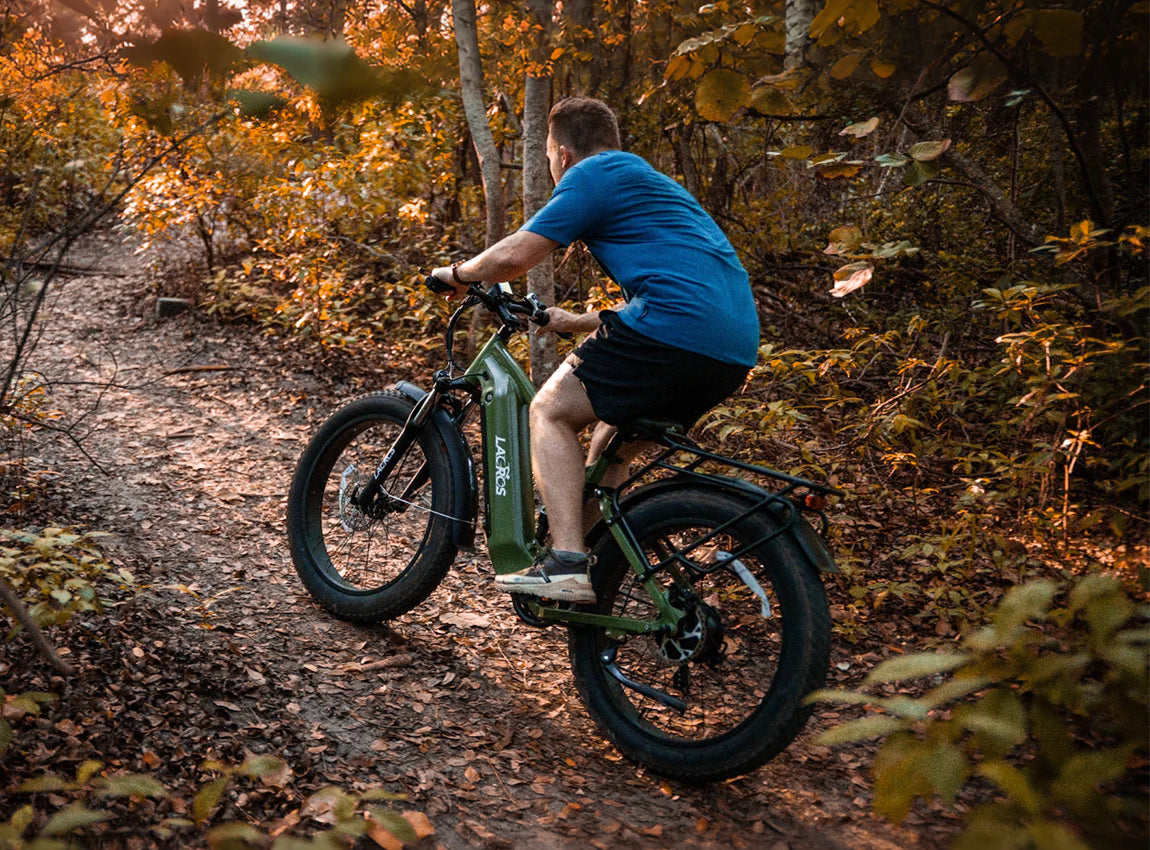As electric bikes become increasingly advanced, one of the most common rider questions is: Are Electric Bikes Automatic?
The short answer: Some e-bikes offer automatic shifting—but almost none can automatically power on or activate the motor without intentional user input. Automatic and manual systems both offer unique advantages depending on your riding needs, experience, and terrain.
In this guide, we explore how electric bike transmissions work, the differences between automatic and manual systems, real-world safety considerations, the benefits of each setup, and how to choose the right system for your lifestyle.
Understanding How Electric Bike Transmissions Work
To understand whether Electric bike automatic systems are right for you, it helps to know how e-bike transmissions operate.
E-bikes combine:
- Pedal assist systems (PAS)
- Motor torque
- Gear systems (automatic or manual)
- User-activated power control (required for safety)
Some e-bikes rely on a traditional derailleur system where the rider shifts gears manually. Others use automatic gear hubs or smart controllers that adjust resistance without manual input.
A key point many riders overlook: Even if a bike has automatic shifting, it still requires a power button to turn the system on. Safety standards in most regions require two separate actions before pedal assist becomes active:
- Powering on the bike
- Selecting a pedal assist level above zero
This prevents the motor from engaging accidentally.
Also read: The Ultimate Electric Bike Camping Gear Checklist
Automatic vs. Manual E-Bikes: What’s the Difference?
Automatic Electric Bikes
These systems adjust gears or assistance levels automatically using sensors that detect cadence, torque, and speed. Riders don’t need to shift manually.
Manual Electric Bikes
These bikes require the rider to shift gears using a trigger or twist shifter. Many riders prefer the full control and predictable performance that manual shifting provides.
Important distinction: Automatic shifting ≠ Automatic power activation. E-bikes do not self-power when you start moving because that introduces safety and mechanical risks.
Important distinction:
Automatic shifting ≠ , Automatic power activation.
E-bikes do not self-power when you start moving because that introduces safety and mechanical risks.

Also read: Everything You Need to Know About Bike Touring
Also read: Do E-Bikes Need Oil Changes? Everything You Should Know
Key Factors to Consider When Choosing Between Automatic and Manual E-Bikes
| Factor | Score 1 | Score 2 | Score 3 |
|---|---|---|---|
| Experience | Beginner | Occasional | Skilled |
| Terrain | Flat | Mostly flat | Mixed |
| Maintenance | Very easy | Low | Moderate |
| Budget | High | Moderate | Low |
| Riding Style | Relaxed | Casual | Active |
Scoring Guide
- 1–2 points: System may not suit you
- 3 points: Moderate fit, either system works
- 4–5 points: Highly suitable, strong preference
How to Use
- For each factor, choose the column that best fits your situation.
- Assign the corresponding score (1–5).
- Sum the scores for Automatic and Manual preferences separately.
Benefits of Automatic Electric Bikes
Automatic electric bikes are gaining popularity because they offer a more intuitive riding experience, especially for beginners or commuters.
- No need to shift gears
- Seamless adaptation to terrain changes
- Reduced drivetrain strain from optimal shifting
- Improved cadence stability
- More beginner-friendly riding
- Allows riders to focus fully on traffic and safety
Benefits of Manual Electric Bikes
Manual e-bikes remain extremely popular thanks to advantages that automatic systems can’t replace:
- Maximum control over power output
- Superior performance on steep hills or technical terrain
- Lower maintenance costs and easier repairs
- Widely available spare parts
- Predictable shifting based on your personal riding habits
Manual drivetrains are especially valued for:
- Mountain riding
- Fat-tire bikes
- Heavy loads or cargo
- High torque situations
Manual Drivetrain Example: Lacros Thunder, Cyclone, and Pinecone
All three fat-tire models—Thunder, Cyclone, and Pinecone—use a Shimano 7-speed manual derailleur drivetrain, known for simplicity and reliability.
- Smooth and consistent shifting
- Long-lasting durability in high-torque conditions
- Universal spare part availability
- Lower long-term maintenance costs
- Improved control on steep hills or off-road terrain
Model overview:
- Thunder – Fat-tire mountain e-bike with strong climbing capability
- Cyclone – High-capacity fat-tire e-bike built for stability and heavy loads
- Pinecone – Folding fat-tire e-bike that offers portability and versatility
These examples show why many riders prefer manual drivetrains—even as Electric bike automatic options grow more popular.
Whether you're looking for effortless automatic shifting or the full control of a manual system, we can help you choose the ideal e-bike for your needs. Explore our models, compare features, and find your perfect match today!
Automatic vs. Manual: Which System Performs Better?
The answer depends entirely on your riding style.
Automatic performs better when:
- You want a simple, no-shift experience.
- You ride in stop-and-go city traffic.
- You prefer a consistent cadence.
- You want fewer shifting mistakes.
Manual performs better when:
- You need maximum power control.
- You ride off-road or on steep hills.
- You carry heavy loads.
- You want simpler, cheaper maintenance.
- You prefer a more active, engaged ride.
Do Electric Bikes Really Need Gears?
Not all e-bikes require gears. Some rely only on pedal assist levels. However, having gears—especially manual ones—provides important benefits:
- Better hill-climbing efficiency
- Reduced strain on the motor
- Improved battery life
- Higher sustained speeds
- Better adaptability across varied terrain
Conclusion
So, Are Electric Bikes Automatic? They can be—but only in terms of shifting. They cannot automatically power on or activate the motor without the rider’s intentional input, due to safety and regulatory standards.
Automatic e-bikes offer smooth, effortless riding ideal for beginners and commuters. Manual e-bikes provide greater control, stronger climbing capability, easier maintenance, and better performance on diverse terrain.
There’s no universal “best”—only what best fits you.





Share:
Lacros Ebike Black Friday Deals: Epic Rides Meet Epic Savings
What Is a Class 3 Electric Bike: A Complete Guide